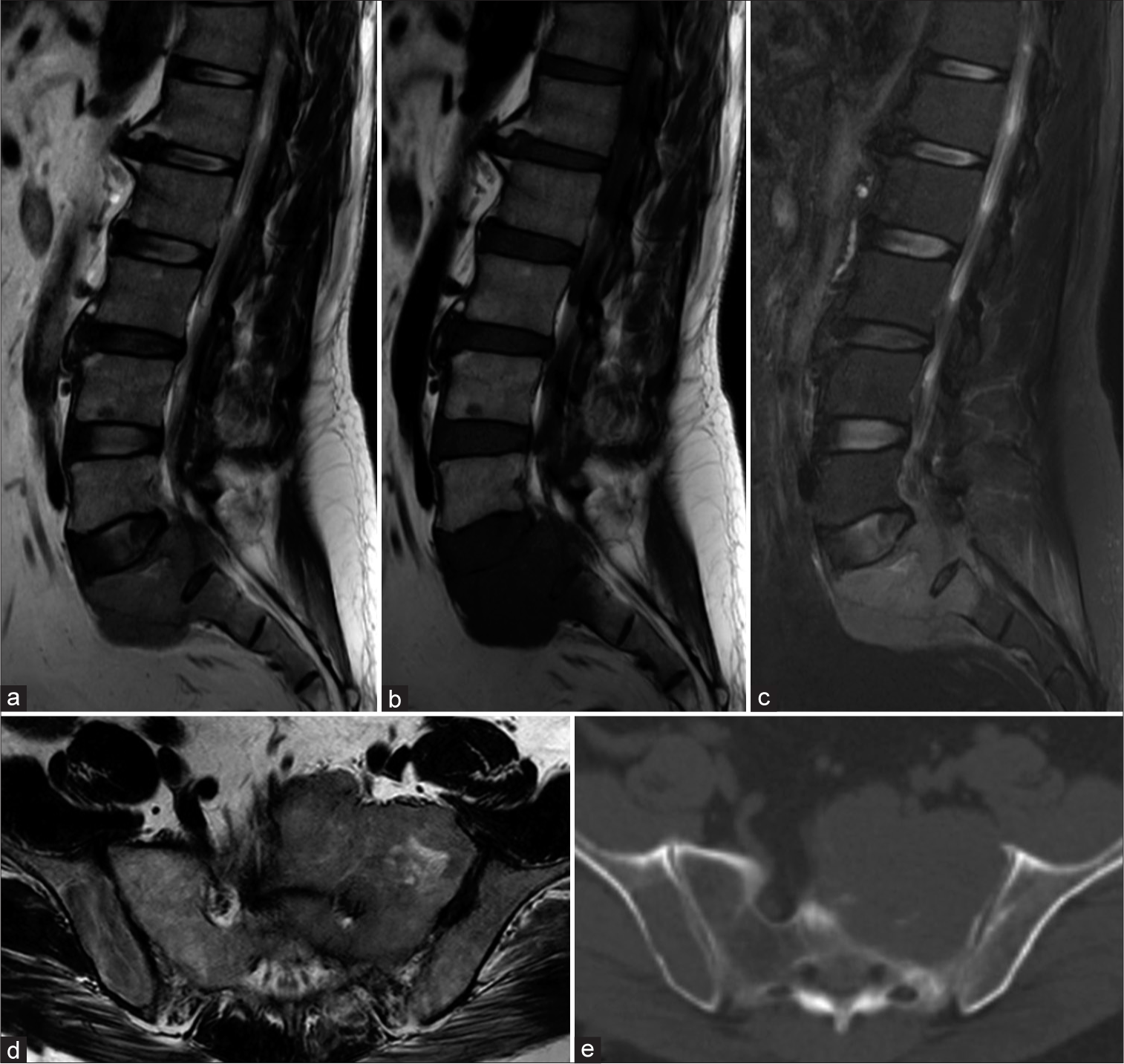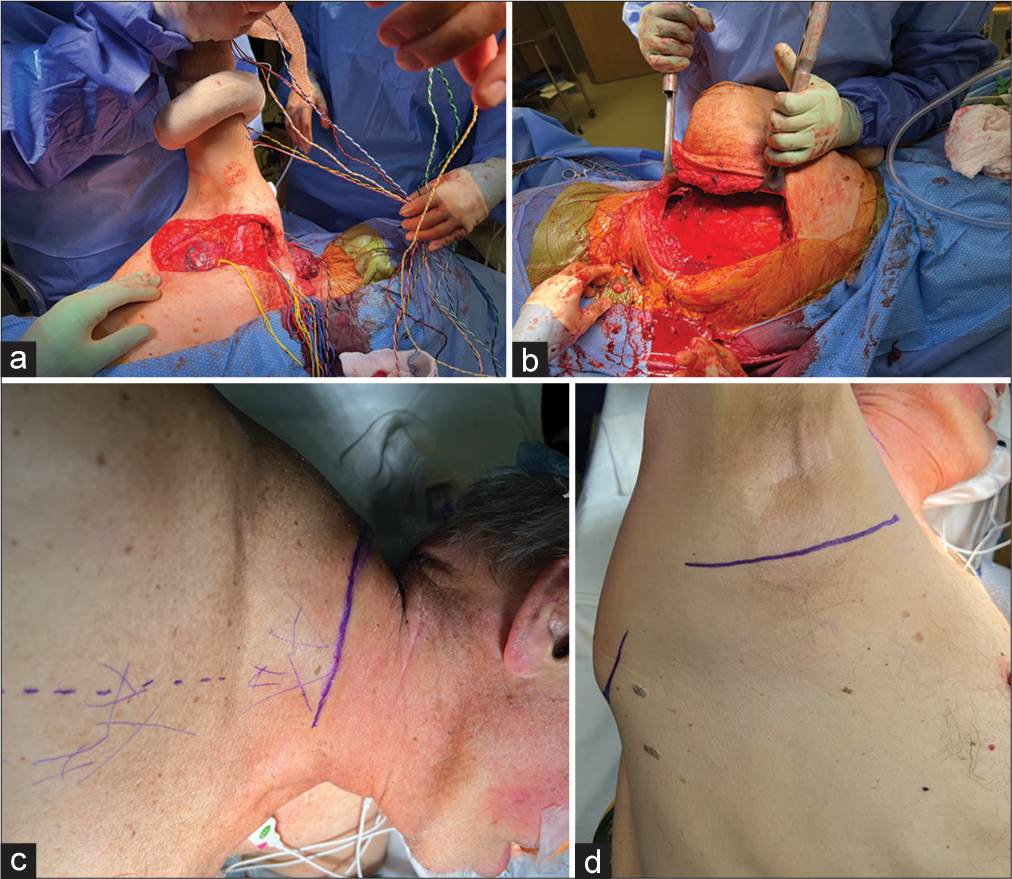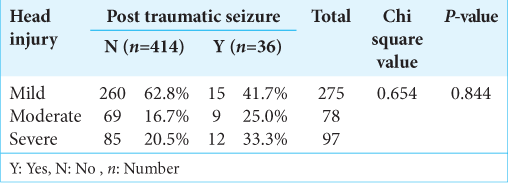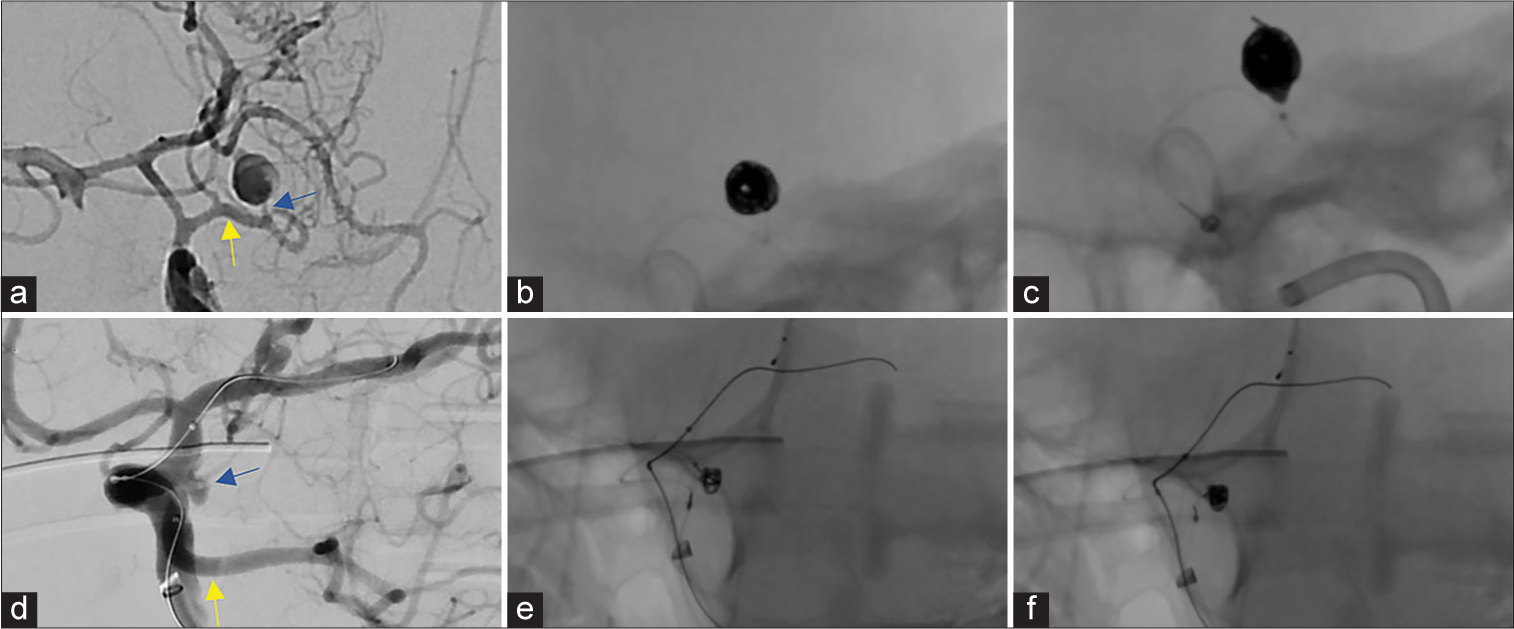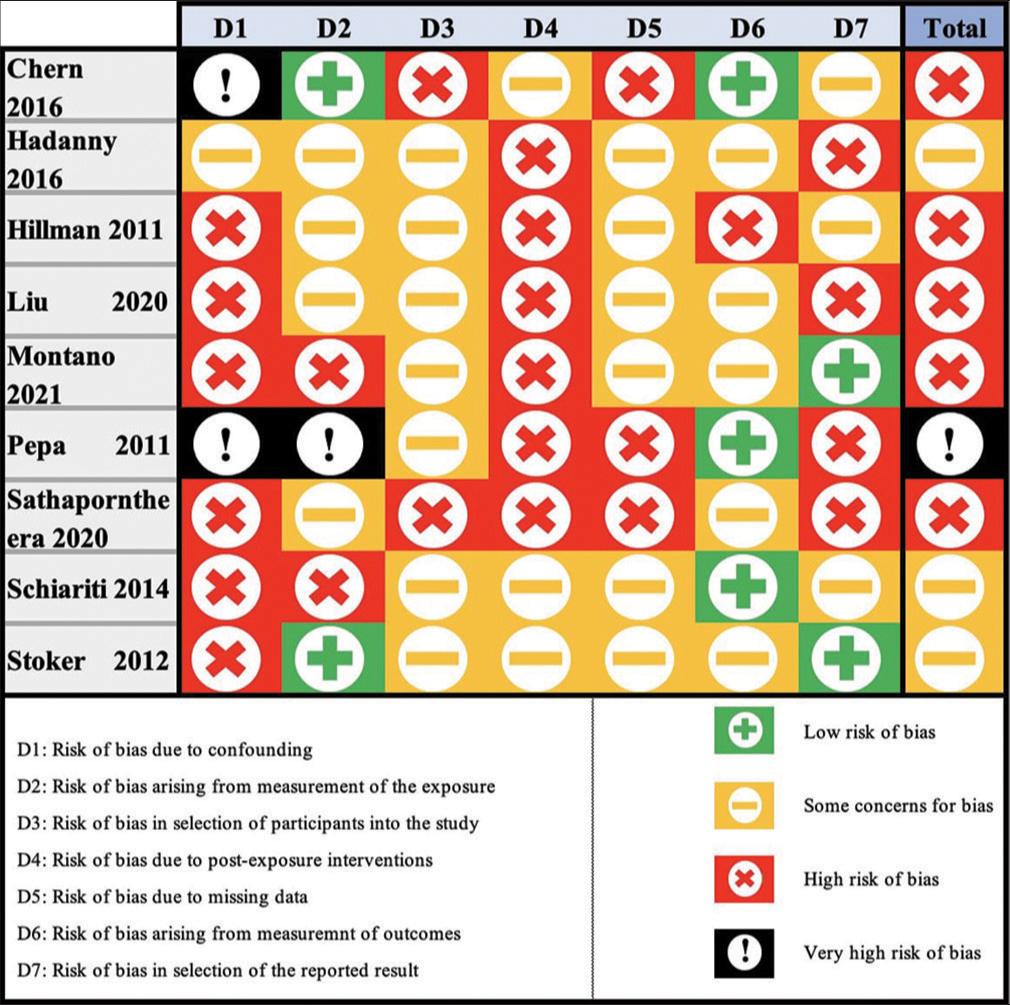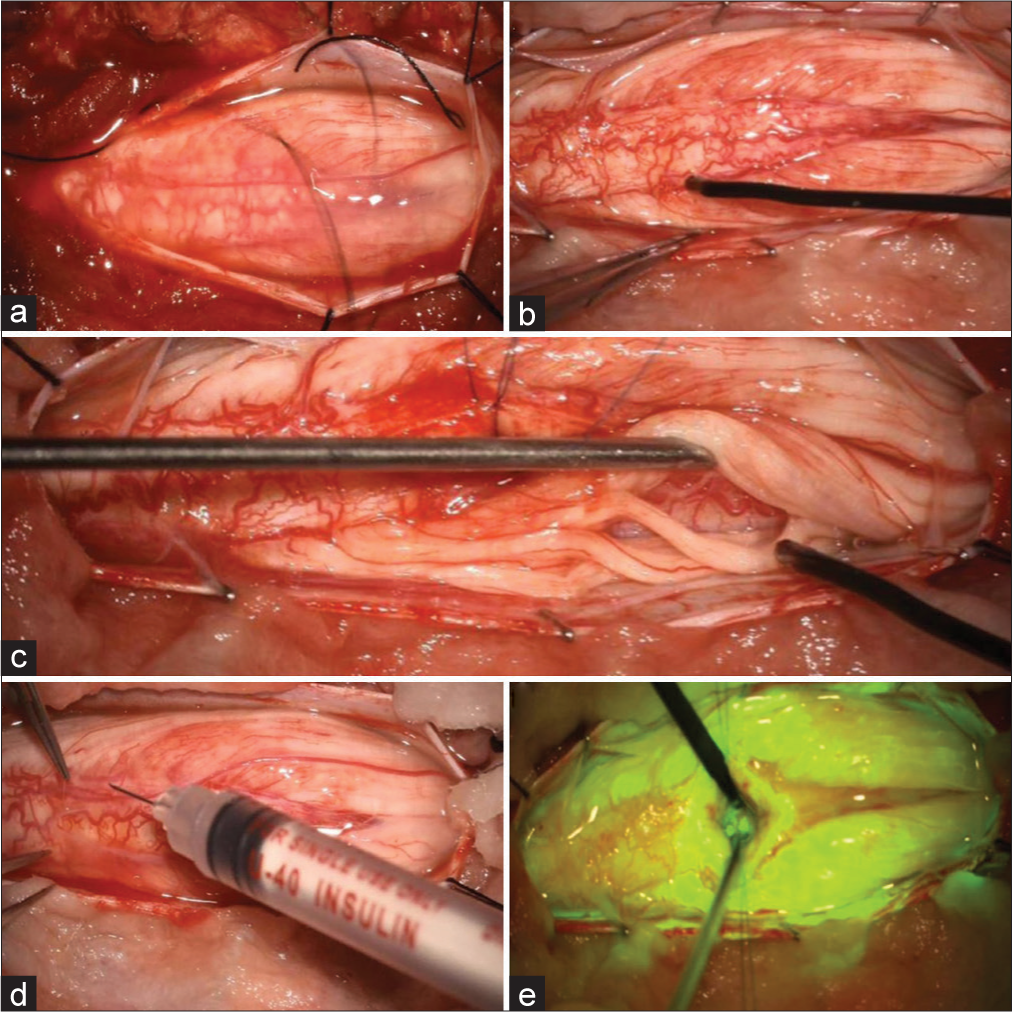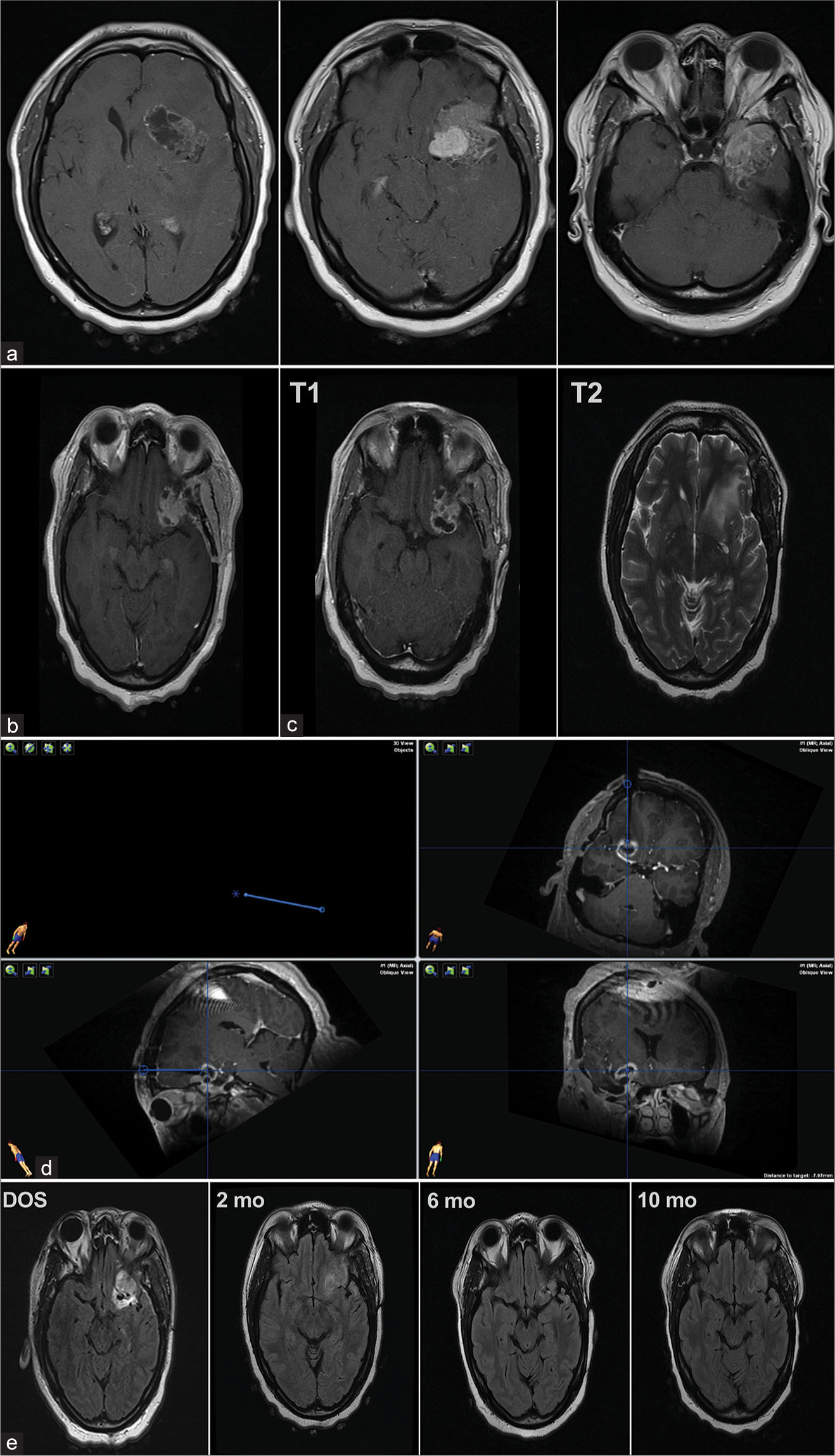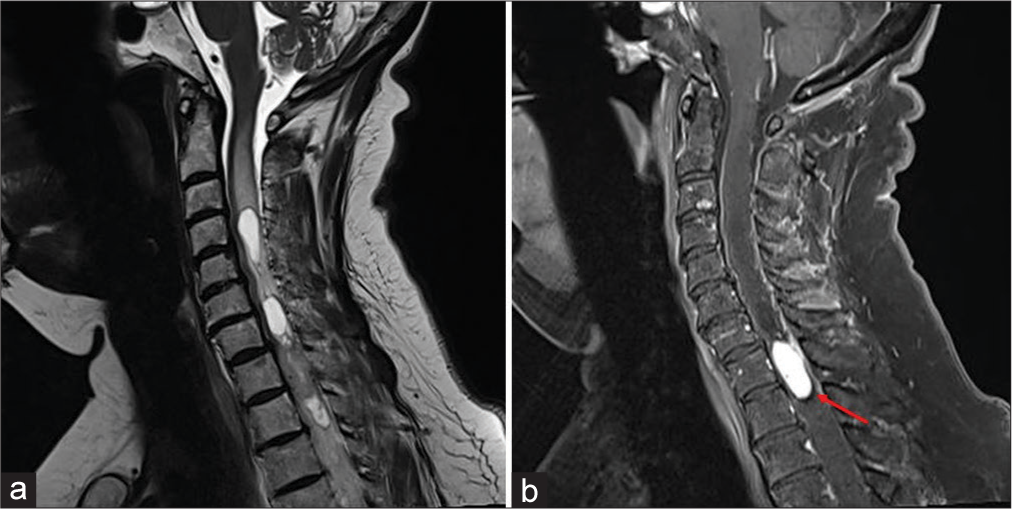Solitary plasmacytoma of the sacrum treated with microwave ablation in conjunction with high dose of dexamethasone: A case report and review of the literature
Date of publication: 21-Apr-2023
Background: Plasma cell neoplasms are characterized by the neoplastic proliferation of a single clone of plasma cells. Solitary plasmacytomas most often occur in bone, but they can also be found in soft tissues.
A combined, supraclavicular, infraclavicular, transaxillary, and posterior subscapular approaches for en bloc resection of giant myxofibrosarcoma
Date of publication: 21-Apr-2023
Background: Myxofibrosarcoma (MFS) is a rare and locally infiltrative tumor that commonly occurs in extremities in older adults; however, truncal and head and neck cases have been reported. They are characterized by multinodular growth, incomplete fibrous septa, and myxoid stroma. Surgical resection is the mainstay of treatment.
A prospective study to determine the risk factors associated with post traumatic seizures: A single institution experience
Date of publication: 21-Apr-2023
Background: Post traumatic seizures (PTS) are a known sequel of traumatic brain injury (TBI). Incidence of PTS is dependent on many factors including study design and characteristics of the study population. As incidence of TBI increases and death due to TBI decreases, more individuals will be at risk of developing and living with chronic complications. The objective of the present study was to determine the frequency and risk factors for PTS following TBI.
Low-memory shape coils for intracranial aneurysm coiling: Initial and single-center experience with the i-ED coil
Date of publication: 21-Apr-2023
Background: Endovascular aneurysmal coiling is a preventative alternative to clipping to avoid aneurysmal rupture. In the literature and our own experience, some common coiling challenges which arise include: (1) microcatheter kickback, (2) detachment zone rigidity, (3) intrasaccular compartmentalization of coils on deployment, and (4) attainability of high-density and effective packing with as few coils as possible.
The biochemical basis of neurodegenerative disease: The role of immunoexcitoxicity and ways to possibly attenuate it
Date of publication: 21-Apr-2023
Abstract
There is growing evidence that inflammation secondary to immune activation is intimately connected to excitotoxicity. We now know that most peripheral tissues contain fully operational glutamate receptors. While most of the available research deals with excitotoxicity in central nervous system (CNS) tissues, this is no longer true. Even plant has been found to contain glutamate receptors. Most of the immune cells, including mask cells, contain glutamate receptors. The receptors are altered by inflammation, both chemokine and cytokines. A host of new diseases have been found that are caused by immunity to certain glutamate receptors, as we see with Rasmussen’s encephalitis. In this paper, I try to explain this connection and possible ways to reduce or even stop the reaction.
Rates of cerebrospinal fluid leak and pseudomeningocele formation after posterior fossa craniotomy versus craniectomy: A systematic review and meta-analysis
Date of publication: 21-Apr-2023
Background: Postoperative cerebrospinal fluid (CSF) leak is a major concern after posterior fossa surgery with significant clinical implications. It has been postulated that replacing the bone flap, performing a craniotomy, would reinforce the surgical closure and decrease rates of CSF leak. This systematic review and meta-analysis compared the rate of CSF leak after posterior fossa craniotomies versus craniectomies.
A case report of conus intramedullary mansoni neuroschistosomiasis
Date of publication: 21-Apr-2023
Background: Conus schistosomiasis is an extremely rare entity in which patients present with a wide range of neurological symptoms such as low back pain, paresthesia, fever, myalgia, paraparesis, and paraplegia. This neglected tropical parasitic disease causes significant neurological morbidity. The migration of parasitic worms and their eggs into the central nervous system can lead to profound and life-altering disabilities. Early, accurate diagnosis, and treatment can lead to the complete resolution of symptoms.
Laser ablation of a sphenoid wing meningioma: A case report and review of the literature
Date of publication: 14-Apr-2023
Background: Meningiomas are the most common primary central nervous system neoplasm in the United States. While the majority of meningiomas are benign, the World Health Organization (WHO) Grade I tumors, a not-insignificant proportion of tumors are in anatomically complex locations or demonstrate more aggressive phenotypes, presenting a challenge for local disease control with surgery and radiation. Laser interstitial thermal therapy (LITT) consists of stereotactic delivery of laser light for tumor ablation and is minimally invasive, requiring implantation of a laser fiber through a cranial burr hole. Herein, we demonstrate the first use of this technology in a progressive atypical sphenoid wing meningioma for a previously resected and irradiated tumor.
Intramedullary hemangioblastoma of the thoracic cord with a microsurgical approach: A case report and literature review
Date of publication: 14-Apr-2023
Background: Spinal cord hemangioblastomas (HBs) account for 2–15% of all spinal cord neoplasms. They are the third most common primary intramedullary tumor (1–5%). Here, 72-year-old female presented with a thoracic intramedullary spinal HB that responded well to surgery.
A case of anterior arch fracture of the atlas associated with C1 laminectomy
Date of publication: 14-Apr-2023
Background: Spontaneous anterior arch fracture of the atlas after a C1 laminectomy (CIL) is an extremely rare complication.


